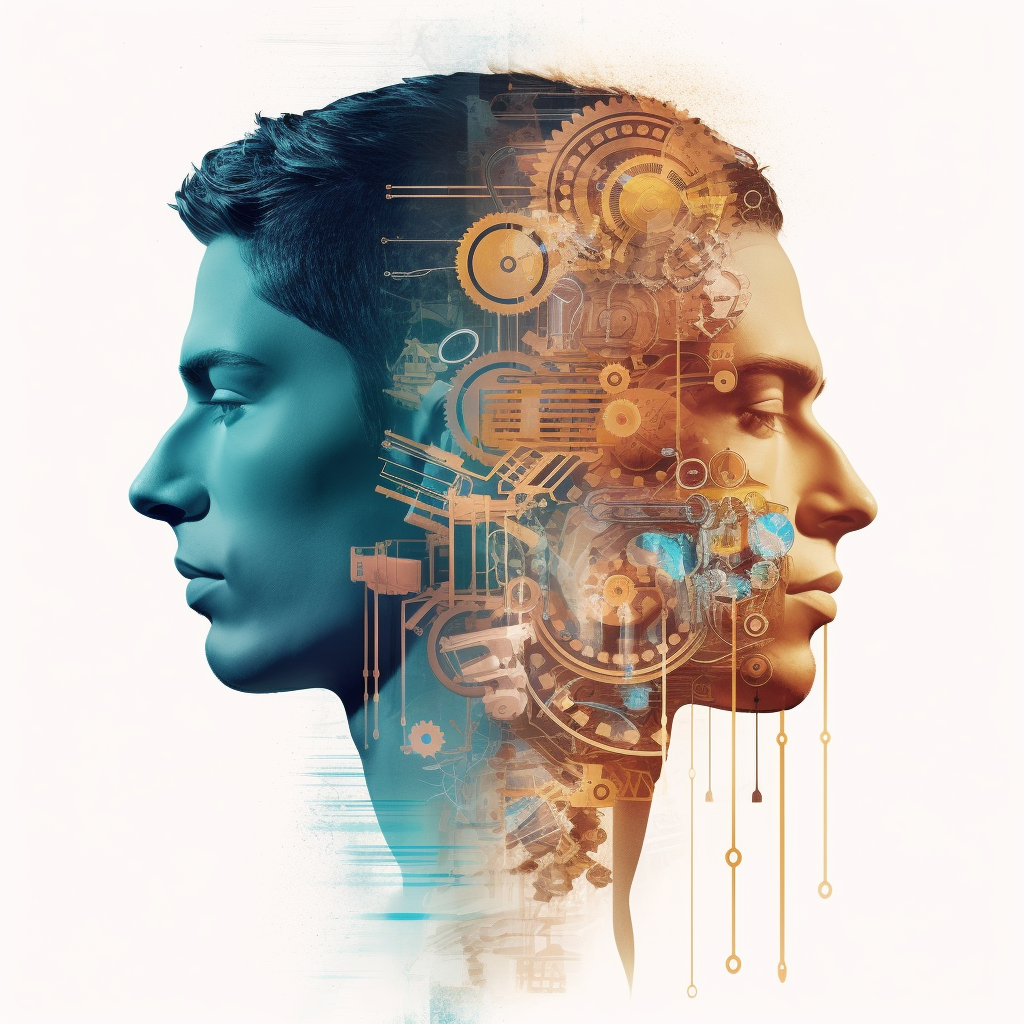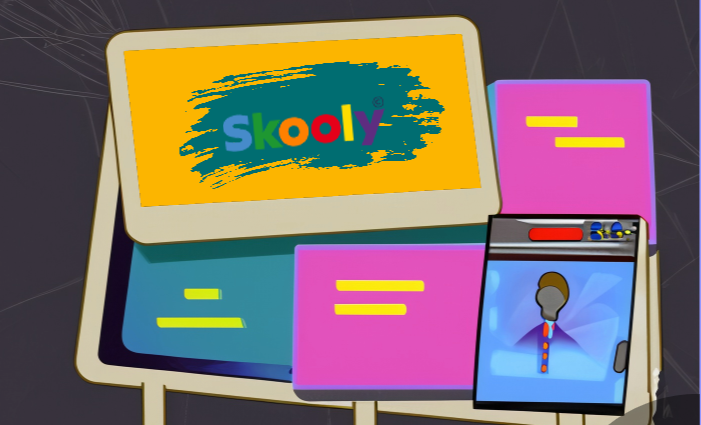Artificial intelligence (AI) is one of the most important technologies that is developing rapidly in recent years. This technology has started to impact many different fields, including education.
AI can provide many benefits for both students and teachers.
For students, AI can help to:
- Provide personalized educational content that meets the needs of each individual student.
- Deliver lessons in a more interactive and engaging way.
- Track student progress and provide feedback to them immediately.
- Diagnose student weaknesses and provide support to them.
As for teachers, AI can help to:
- Personalize education for students by adapting content and lessons to their individual needs.
- Track student progress and identify students who need additional help.
- Provide feedback to students immediately.
- Develop new and more effective teaching methods.
There are many ways that AI can be used in education. Here are some examples of these methods:
- Personalized education: AI can be used to provide personalized educational content that meets the needs of each individual student. This can be achieved by tracking student progress and identifying their weaknesses, and then providing content and lessons that target these weaknesses.
- Active learning: AI can be used to make learning more interactive and engaging for students. This can be achieved by using games and educational apps, and by allowing students to interact with educational content in a more interactive way.
- Virtual and augmented reality education: AI can be used to create virtual or augmented reality educational environments. These environments can allow students to experience learning in a more realistic and interactive way.
- Diagnosis and support: AI can be used to diagnose student weaknesses and provide support to them. This can be achieved by analyzing student performance on tests and assignments, and by providing feedback to them immediately.
- Development of teaching methods: AI can be used to develop new and more effective teaching methods. This can be achieved by analyzing educational data and identifying methods that lead to the best results.
The following are some of the AI tools that can be used in education:
- Virtual reality (VR): VR can be used to create immersive learning experiences. These experiences can help students learn about new topics in a more engaging and exciting way.
- Augmented reality (AR): AR can be used to add information to the real world. These technologies can help students learn about new topics in a more realistic way.
- Machine learning: Machine learning can be used to create intelligent assessments that can adapt to the individual skill level of the student. These assessments can help students improve their learning and identify their weaknesses.
- Academic personal assistants: Students can use academic personal assistants to get help with tasks such as homework and studying. These assistants can also provide students with information about classrooms, faculty, and facilities.
- Machine learning programs: Machine learning programs can be used to create personalized educational content for individual students. These programs can take into account the individual needs of the students, such as skill levels and interests.

Here are some AI-powered programs that are used in education:
- Socratic: is an online learning platform that uses AI to help students understand educational content.
- Kahoot!: is a game-based learning platform that helps students learn in a fun and interactive way.
- Duolingo: is a free platform that helps students learn foreign languages.
- Memrise: is a memory-based learning platform that helps students learn new words.
These programs use AI to provide personalized and interactive learning experiences for students. These programs can help students learn faster and more effectively, and motivate them to learn.
AI tools can make education more effective and efficient. They can help students learn faster and more effectively, and they can help teachers better meet the individual needs of students.
AI provides many benefits for both students and teachers. However, there are some challenges that should be considered when using AI in education.
One of the main challenges is that AI can be expensive. AI systems can require expensive hardware and software.
Another challenge is that AI can be difficult to use. Teachers may need to learn how to use AI systems and how to integrate them into the educational process.
AI can create unemployment among teachers. If AI is used heavily in education, it could lead to some teachers being replaced by AI systems.
Despite these challenges, AI has the potential to revolutionize education. AI can help to make learning more effective, interactive, and personalized. However, it is important that AI is used responsibly and ethically.


